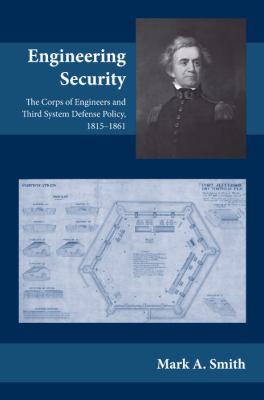
Book
|
Engineering security : the Corps of Engineers and Third System defense policy, 1815-1861
Copies
7 Total copies, 7 Copies are in,
0 Copies are out.
Title
Engineering security : the Corps of Engineers and Third System defense policy, 1815-1861
Call No
UG23
Authors
Subjects
United States. Army. Corps of Engineers--History--19th century.
United States. Army. Corps of Engineers.
Totten, Joseph, G., . depicted.
Military engineering--United States--History--19th century.
Coast defenses--United States--History--19th century.
Fortification--United States--History--19th century.
Militärpolitik
Befestigung
Militärtechnik
Coast defenses.
Fortification.
Military engineering.
Military policy.
United States--Military policy--19th century.
United States--Military policy.
United States. Army. Corps of Engineers.
Totten, Joseph, G., . depicted.
Military engineering--United States--History--19th century.
Coast defenses--United States--History--19th century.
Fortification--United States--History--19th century.
Militärpolitik
Befestigung
Militärtechnik
Coast defenses.
Fortification.
Military engineering.
Military policy.
United States--Military policy--19th century.
United States--Military policy.
Language
English
Published
Tuscaloosa : University of Alabama Press, ©2009.
Publication Desc
x, 266 p. : ill., maps ;
ISBN
9780817316655
(cloth : alk. paper)
LCCN
2009014556
Dimensions
25 cm.









